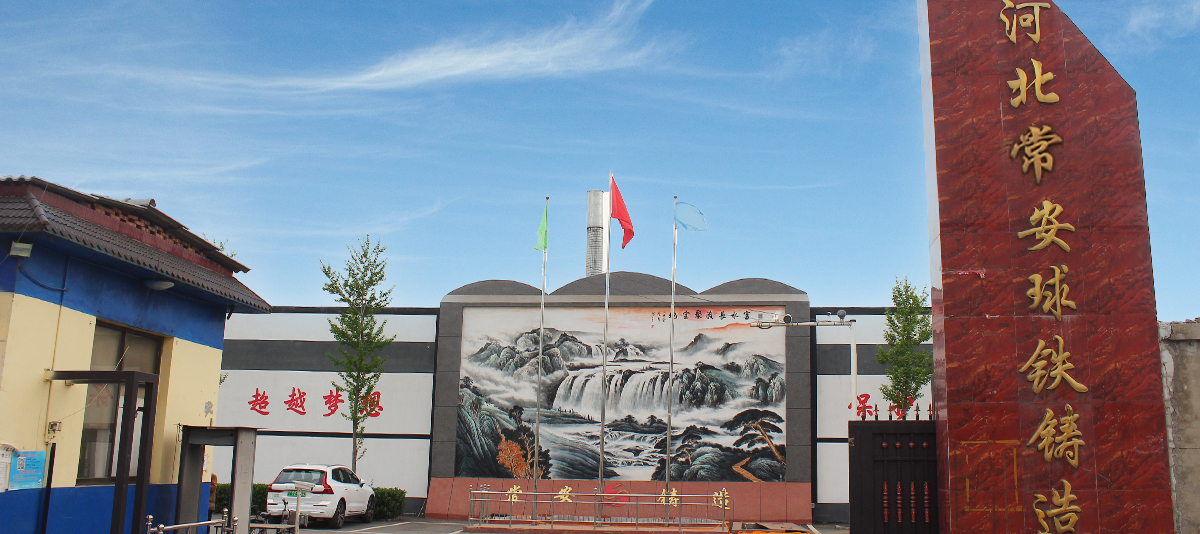- 150m Southwards, West DingWei Road, Nanlou Village, Changan Town, GaoCheng Area, Shijiazhuang, HeBei, China
- monica@foundryasia.com
אוג . 20, 2024 03:52 Back to list
Using Cast Iron Pans on Glass Cooktops Tips and Best Practices for Safe Cooking
Cooking with Cast Iron on a Glass Cooktop Tips and Considerations
Cooking with cast iron cookware is a culinary tradition that has stood the test of time. Known for its excellent heat retention and even cooking properties, cast iron provides a great surface for a wide range of dishes. However, when it comes to using cast iron pans on a glass cooktop, there are several factors to consider to ensure both the safety of your cookware and the longevity of your cooking appliance.
The Appeal of Cast Iron
Cast iron pans are beloved by many chefs and home cooks alike. They can retain heat for extended periods, making them ideal for searing meats, frying, and baking. Cast iron also develops a natural non-stick surface when seasoned properly, making it versatile for various cooking methods. From cornbread to crispy fried chicken, cast iron cookware can do it all.
Compatibility with Glass Cooktops
While glass cooktops offer a sleek and modern appearance, they require specific care and attention compared to traditional gas or electric burners. One of the primary concerns when using cast iron on a glass cooktop is the weight of the cast iron pan and the potential for scratching or cracking the surface of the cooktop.
Glass induction cooktops typically have a smooth surface that can scratch easily. If a heavy cast iron skillet is dropped or slid across the surface, it could cause irreversible damage. Thus, caution is advised when handling cast iron on glass cooktops.
Tips for Cooking with Cast Iron on Glass
cast iron pan on glass cooktop

1. Lift, Don’t Slide Always lift your cast iron pan rather than sliding it across the glass surface. This helps prevent scratches, which can compromise the cooktop's aesthetic and functionality.
2. Use Flat-Bottomed Pans Ensure that your cast iron cookware has a flat and smooth bottom. This ensures maximum contact with the heating element, allowing for even heating and reducing the likelihood of damaging the cooktop.
3. Avoid High Heat While cast iron can withstand high temperatures, it's important to avoid extreme heat settings on glass cooktops. Overheating can lead to warping of the pan and potential damage to the cooktop. Using medium to medium-high heat is usually sufficient for most cooking tasks.
4. Monitor Temperature Invest in a good thermometer for your cooking. Cast iron retains heat, so it can get hotter than anticipated. Keeping an eye on the temperature will help you avoid burning your food or damaging the cookware.
5. Regular Maintenance Properly maintain your cast iron pans by seasoning them regularly. This not only enhances their non-stick capabilities but also protects the pan against rust, ensuring longevity.
6. Check for Stability Before you start cooking, make sure the pan is stable on the cooktop. If the surface is uneven or the pan wobbles, it can cause spills and accidents.
Conclusion
Cooking with cast iron on a glass cooktop can be both enjoyable and successful if you follow some simple guidelines to protect both your cookware and your cooktop. Embrace the advantages of cast iron, from its versatile cooking capabilities to its durability, while being mindful of the unique challenges posed by glass surfaces. With proper care and technique, you can enjoy the rich flavors and cooking benefits that come with cast iron cookware, all while maintaining the integrity of your glass cooktop. Happy cooking!
-
Cast Iron Grill, Pan & Wok - Best Prices & Durability Guaranteed
NewsMay.10,2025
-
Antique Cast Iron Pans & Baking Molds Vintage Collectible Cookware
NewsMay.10,2025
-
Heart Shaped Cast Iron Skillet Durable, Even Heating & Romantic Cooking Gift
NewsMay.10,2025
-
Premium Nonstick PC Enameled Cast Iron Skillet Durable & Versatile
NewsMay.10,2025
-
Large Deep Cast Iron Skillet Heavy-Duty, Even Heating & Versatile
NewsMay.10,2025
-
5 Qt Enamel Coated Cast Iron Dutch Oven Durable & Versatile Design
NewsMay.09,2025